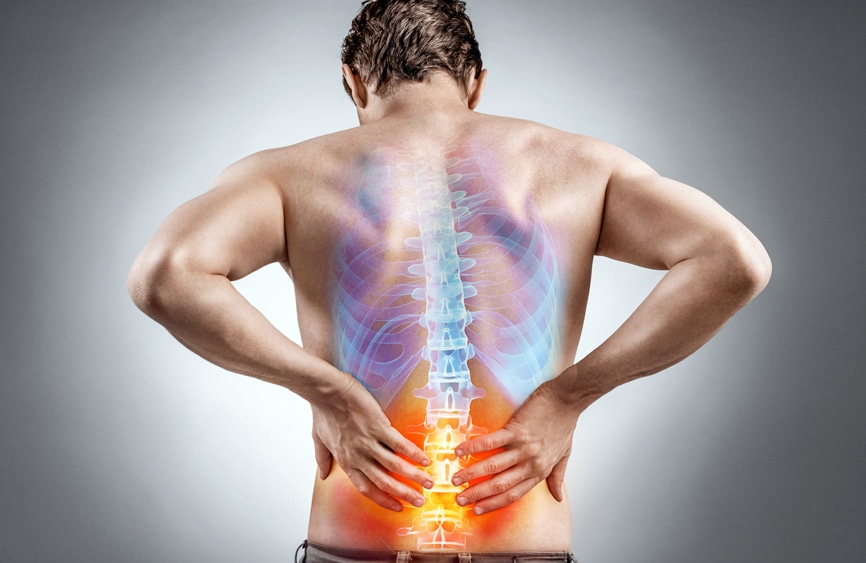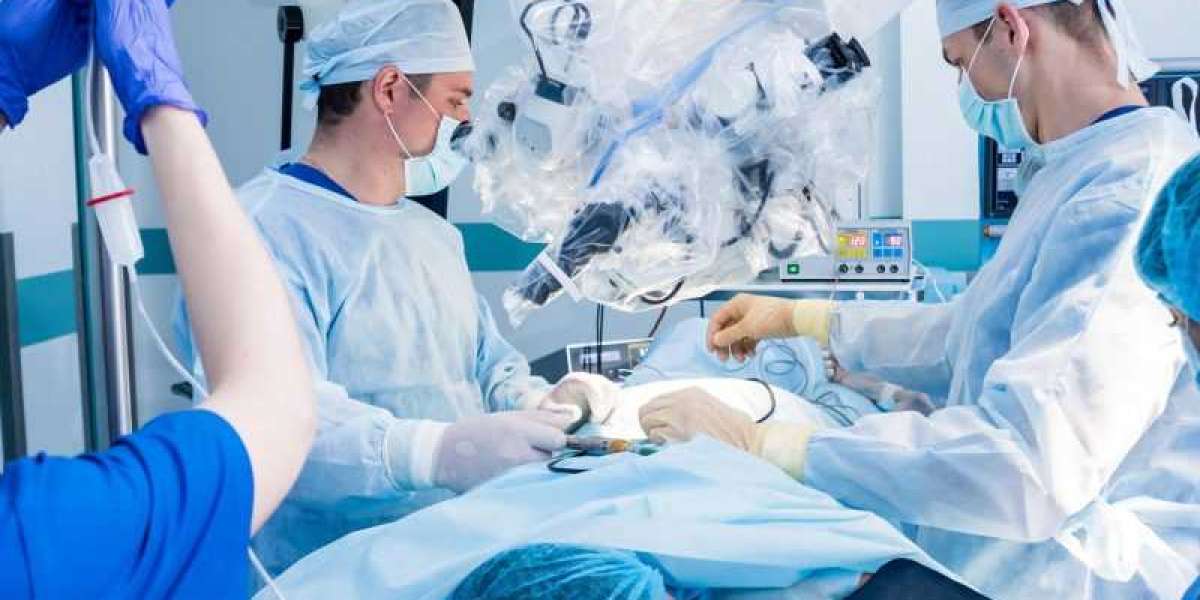Understanding pain management after a lumbar microdiscectomy is essential for a successful recovery. At Comp-MD, we provide comprehensive care to help you navigate this process effectively. Knowing what to expect can ease anxiety and empower you to take control of your recovery journey.
Understanding Lumbar Microdiscectomy
Lumbar microdiscectomy is a minimally invasive surgical procedure designed to relieve pressure on spinal nerves caused by herniated discs. During the surgery, a small portion of the disc is removed to alleviate pain and restore function. This technique allows for quicker recovery and less post-operative pain compared to traditional open surgery. Knowing how this surgery works can help set realistic expectations for post-operative pain, making it easier to manage discomfort as you heal.

Types of Pain After Surgery
After a lumbar microdiscectomy, patients may experience different types of pain, including surgical site pain and nerve-related discomfort. Surgical site pain typically occurs near the incision and is often described as a sharp or throbbing sensation. Nerve-related discomfort can manifest as tingling, numbness, or even shooting pain down the leg. Recognizing these differences is crucial for effective pain management, as each type of pain may require a different approach to relief.
Immediate Post-Operative Pain Management
In the immediate aftermath of the surgery, managing pain effectively is a top priority. Comp-MD emphasizes the use of prescribed medications and techniques to minimize discomfort in the first few days. Ice packs and rest are often recommended to reduce swelling and alleviate pain. The goal during this initial phase is to keep you comfortable so you can focus on your recovery without unnecessary distress.
Medications Used for Pain Relief
Various medications may be prescribed to manage pain after lumbar microdiscectomy. Common pain relief options include opioids for acute pain, nonsteroidal anti-inflammatory drugs (NSAIDs) for inflammation, and muscle relaxants to alleviate tension. Comp-MD carefully tailors medication plans to meet individual needs, ensuring effective pain relief while minimizing side effects. It’s essential to follow your healthcare provider’s instructions regarding medication usage to optimize your recovery.
Role of Physical Therapy in Pain Management
Physical therapy plays a significant role in recovery and pain management post-surgery. Comp-MD integrates therapeutic exercises that can help alleviate pain and improve mobility as you heal. A skilled physical therapist will work with you to develop a personalized rehabilitation plan, focusing on strengthening the back and improving flexibility. Engaging in physical therapy not only helps manage pain but also promotes long-term recovery and enhances overall function.
Managing Expectations
Understanding what is considered normal pain levels and recovery times can help patients manage their expectations. Comp-MD provides guidance on typical recovery experiences after lumbar microdiscectomy, including timelines for reducing pain and increasing activity. While some discomfort is normal, patients should feel encouraged by gradual improvements. This knowledge can ease worries and keep you focused on your recovery goals.
Signs of Complications to Watch For
While pain is a common part of recovery, some symptoms may indicate complications. This section will outline red flags that patients should be aware of, such as severe pain that doesn’t improve with medication, fever, or increased weakness in the legs. If you notice any concerning symptoms, it’s crucial to contact Comp-MD for further evaluation. Early intervention can significantly affect your recovery and ensure any issues are addressed promptly.
Long-Term Pain Management Strategies
As you progress in your recovery, establishing long-term pain management strategies becomes important. Comp-MD emphasizes lifestyle modifications, such as maintaining a healthy weight, engaging in regular exercise, and practicing good posture. These changes can help prevent future issues and promote overall well-being. Ongoing care options, including follow-up appointments and continued physical therapy, ensure that you remain on track in managing pain and enhancing your quality of life.

Conclusion
Effective pain management after lumbar microdiscectomy is vital for a smooth recovery. By understanding what to expect and utilizing the resources available at Comp-MD, you can navigate your post-operative journey with confidence. With the right approach to pain management, you’ll be well on your way to regaining mobility and returning to the activities you love. Don’t hesitate to reach out to the team at Comp-MD for support throughout your recovery.
FAQs
What is lumbar microdiscectomy?
Lumbar microdiscectomy is a minimally invasive surgical procedure that removes a portion of a herniated disc in the lumbar spine to relieve pressure on spinal nerves and alleviate pain.
How much pain should I expect after surgery?
Post-operative pain varies by individual, but most patients experience some discomfort at the surgical site and possibly nerve-related pain. Understanding the types of pain can help you manage expectations.
What medications will I be prescribed for pain management?
You may be prescribed a combination of opioids for acute pain, NSAIDs for inflammation, and muscle relaxants to ease tension, tailored to your specific needs.
How long does post-operative pain typically last?
While immediate pain may improve significantly within a few days, some discomfort can persist for weeks. Comp-MD will provide guidance on what to expect during your recovery.
When can I start physical therapy after surgery?
Most patients can begin physical therapy within a week or two post-surgery, depending on individual recovery. Physical therapy is crucial for strengthening and improving mobility.




